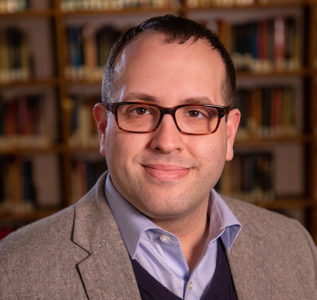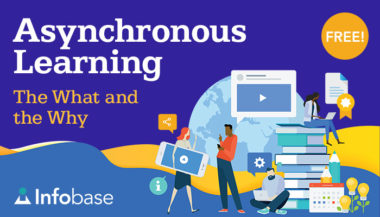In academic or special libraries, open access and scholarly communication are important initiatives that support our students and faculty. The Scholarly Publishing and Academic Resources Coalition (SPARC) defines open access as “the free, immediate, online availability of research articles combined with the rights to use these articles fully in the digital environment. Open Access is the needed modern update for the communication of research that fully utilizes the Internet for what it was originally built to do—accelerate research.” The Association of College and Research Libraries (ACRL) defines scholarly communication as “…the system through which research and other scholarly writings are created, evaluated for quality, disseminated to the scholarly community, and preserved for future use.” Academic librarians who are responsible for instruction can promote and utilize open access resources. In this blog post, I interviewed Daniel Castillo, the Head of Scholarly Communication and Research Initiatives at the University of Rochester Medical Center, to discuss his role in promoting scholarly communication within his institution.
Jamia: Can you please tell us about your position?
Daniel: As the Head of Scholarly Communication and Research Initiatives for the Edward G. Miner Libraries, I coordinate services and projects that support researchers across the University of Rochester Medical Center. Over the past couple of years, this has involved comprehensive medical center initiatives like promoting ORCID to help researchers organize and track their research output, and our read and publish deals, allowing researchers to waive those dreaded article processing charge fees for gold and hybrid open access journals. But it is the day-to-day activities that I enjoy the most. Working with medical students to find the best journal for their first manuscript, helping a researcher with research metrics to inform a grant, and working on a systematic review with a research team are the types of interactions where I get to see the impact of my work.
Jamia: What is one of the scholarly communication trends you are passionate about in your role?
Daniel: The trend I am most passionate about is open access publishing. The university has several new deals with publishers with reading and publishing components that are designed to increase open access offerings. I am finishing up a dissertation on how best to promote open access within the medical center. Universities are increasingly adopting open-access policies, and grant funders are demanding that research they fund be made open access. With growing concerns around sustainable budgets and tuition costs skyrocketing, I think this is already one of the most pressing issues not just for university libraries but for universities themselves. Right now, there are lots of different “flavors” of open access, and I would encourage everyone to focus on the desired outcomes of the different alternatives. We need plans that either address the costs of library subscriptions and the value of the service publishers are providing, not ones that just shift the costs from libraries to researchers back to the library again.
Jamia: In your role, outreach is one of the significant components of your position. How has this outreach increased access to scholarship from faculty and students?
Daniel: This is the first year the library has supported read and publish deals. In all honesty, I am concerned that read and publish deals do not adequately address the costs of library subscriptions on a wide enough scale. However, these deals have been immensely popular at the institutional level. The major benefit I see from these deals is that they have removed barriers to early career researchers who are trying to get their first few papers published. It can be tough to earn a sizable grant without being able to demonstrate your research impact. Yet, researchers might be asked to pay thousands of dollars if an open-access journal accepts their paper. I have already seen the impact that this has had on students and early-career faculty who have been able to get a paper published while not having to pay $3,000 out of their own pockets.
Below is a list of some resources that you can use to help you learn more about open access and scholarly communication. Hopefully, this will lead to collaboration with your scholarly communication department.
Resources
- Presentation: Open Access Isn’t Perfect, but Neither Is Publishing: The New Landscape of Scholarly Communication as an Opportunity for Social Justice
- Simmons Open Access Directory
- Libraries and Open Access Support: New Roles in the Digital Publishing Era
- Library publishing and diversity values: Changing scholarly publishing through policy and scholarly communication education
Biography:

Daniel Castillo is the Head of Scholarly Communication and Research Initiatives at the University of Rochester Medical Center’s Edward G. Miner Libraries. He is currently serving on the Association of Academic Health Sciences Libraries’ Scholarly Communication Committee. Before going on to earn his MLIS from Syracuse University, he received his BS in History from the University of Rochester. He has returned to the University of Rochester and is now a doctoral candidate at the Margaret Warner Graduate School of Education and Human Development. Daniel lives in Rochester, NY, with his wife, Sara, and his two children, Celia and Samuel.
See also:




